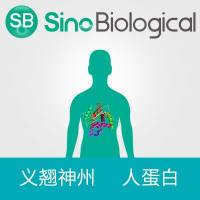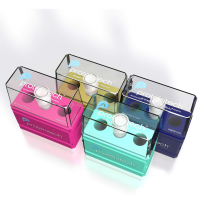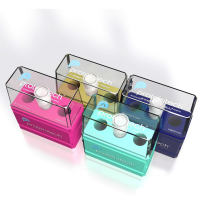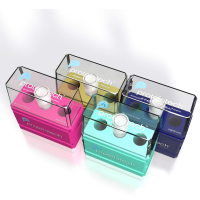Implantable Wound Healing Models and the Determination of Subcutaneous Collagen Deposition in Expanded Polytetrafluoroethylene Implants
互联网
262
Implantable wound-healing models are made of artificial materials and are designed to monitor a systemic or local effect on the wound-healing response induced by a pathological condition or treatment. An ideal implantable model should accurately reproduce a wound, allow multiple assessments, have high exportability with little variability, be easy to apply, be minimally invasive and safe, be functional in more than one species, and be cost-effective. Unfortunately, none of the models fulfill all these criteria. In both animals and humans, these models have mostly been implanted in the sc tissue, and the models may be divided into nondynamic deposition types (the expanded polytetrafluoroethylene [ePTFE], the wire mesh chamber, and the polyvinyl alcohol [PVA] sponge) and dynamic categories (the viscose cellulose sponge model and microdialysis). In this chapter, we briefly review these different models with a focus on the ePTFE model and the determination of collagen deposition levels in the model as assessed by the amount of hydroxyproline detected by high-performance liquid chromatography (HPLC).









